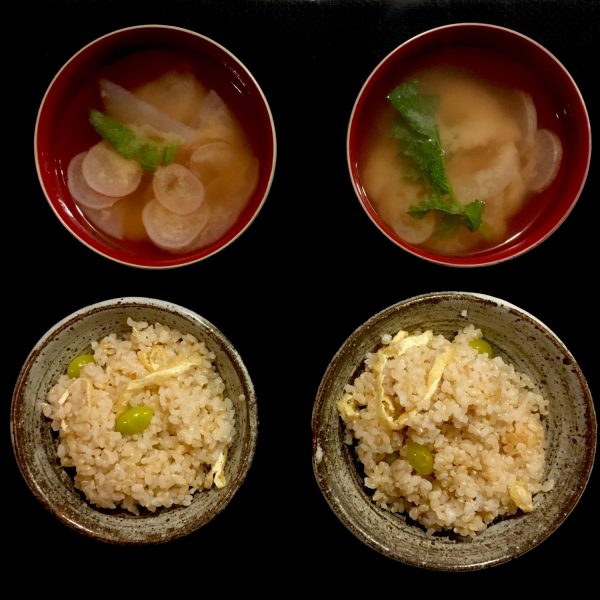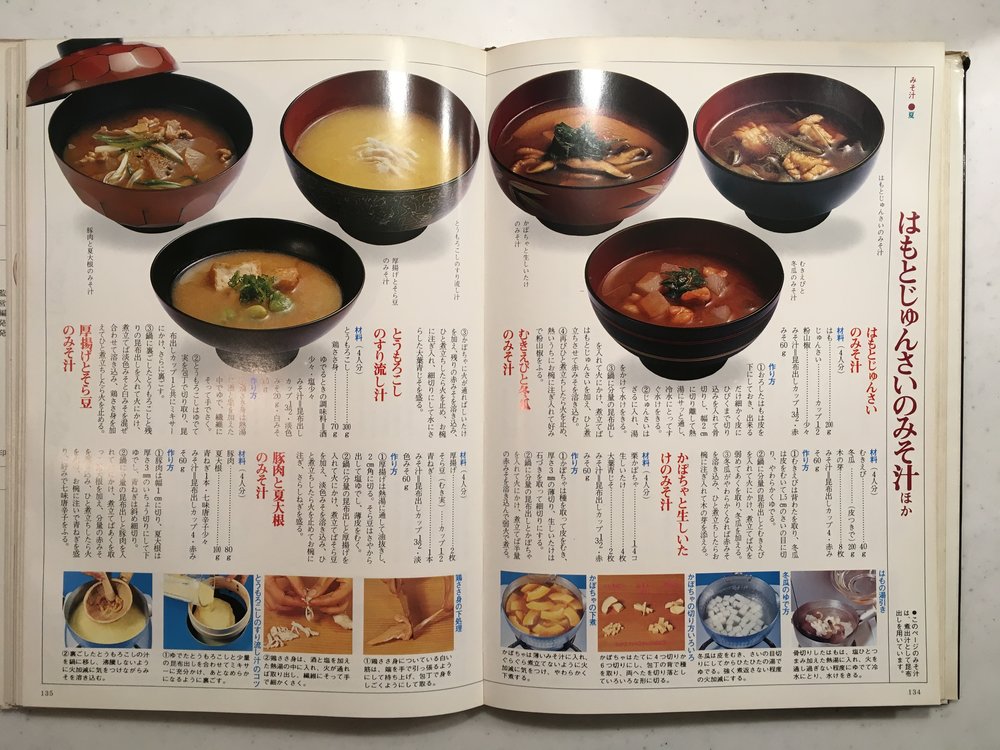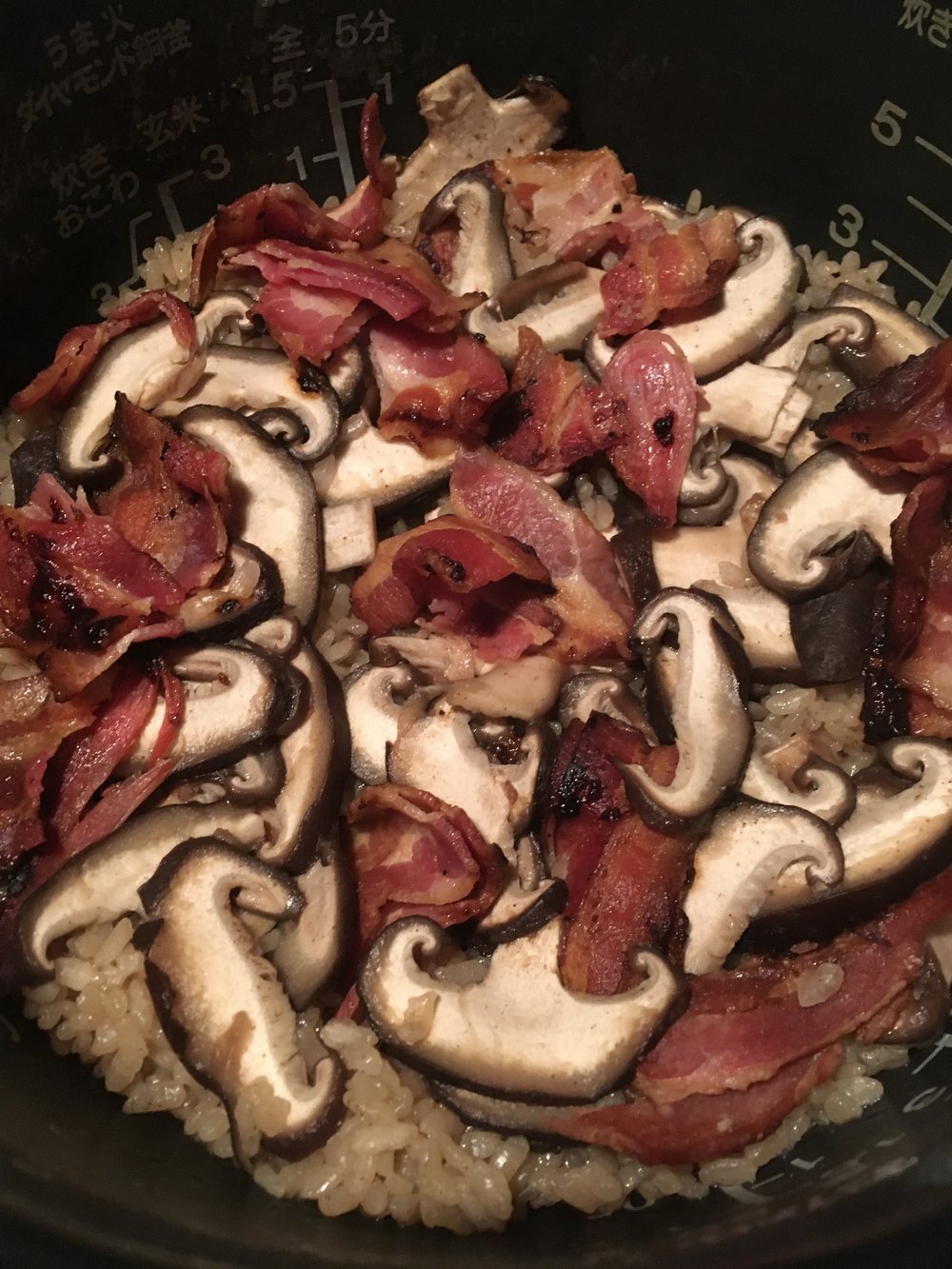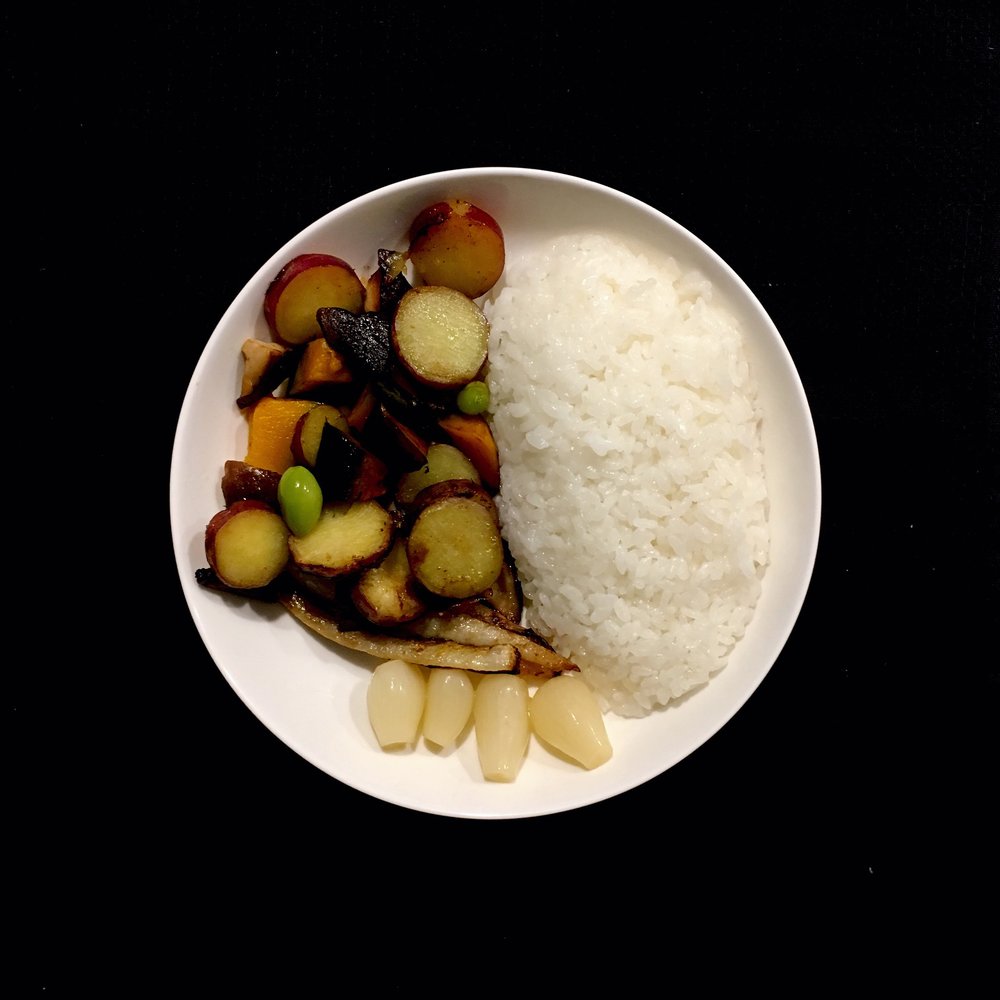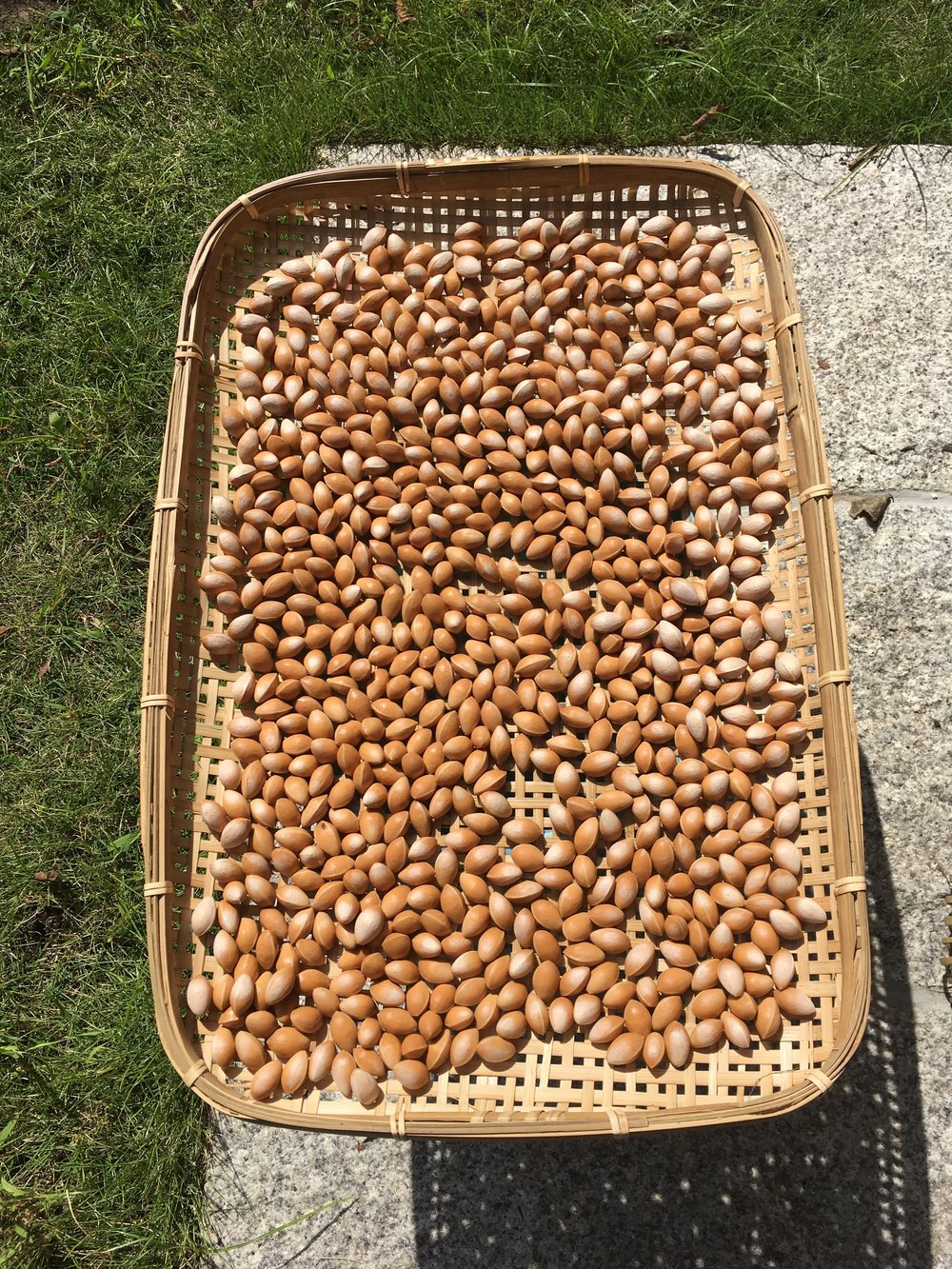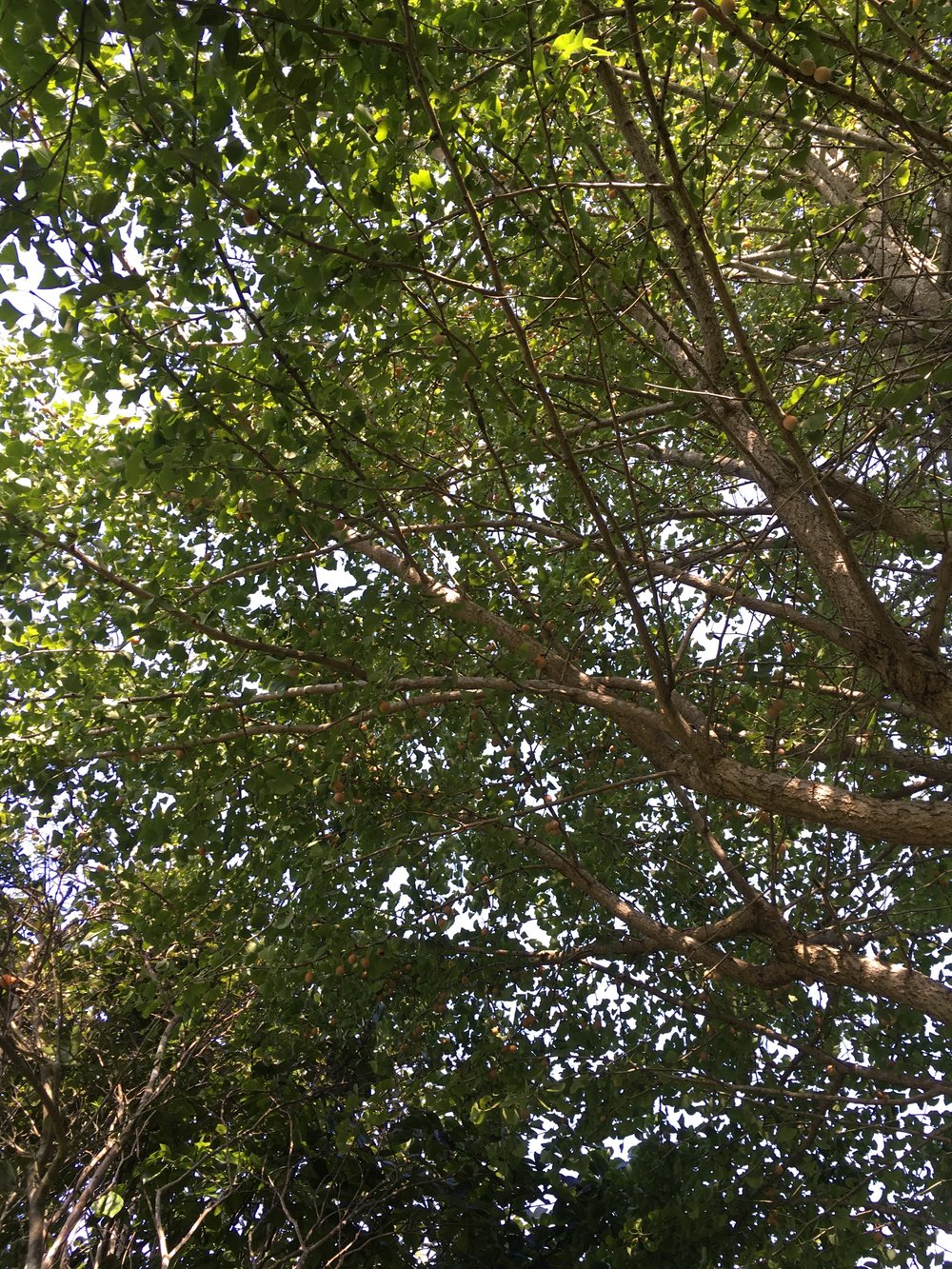I finally tested a recipe inspired by the cooking book I bought last week on my way home at a bouquinist in Jimbocho. It’s an old book from the 1970’s or 1980’s and it has a lot of very beautifully presented food. Plating changes with time and they certainly had some nice one at that time too!! Though a few a bit crazy… bubble time… The recipes that attracted me much were the miso soup and other clear bouillons. I mean I didn’t actually read much of the recipes, rather I enjoyed reading the explanations about how to choose a good rice and how to cook it very interesting. But the soup section pictures inspired me a lot. One recipe I wanted to try was daikon miso soup. Actually, after years of living in Japan, I finally start to really enjoy cooking daikon. May be because the most often we find is gratted daikon, which I find extremely boring, or simmered and over cooked, but there is so much to do with it. I could now totally go with a daikon week of recipes!!! Would you like that??? Let me know and I’ll be happy to share my favorite classic Japanese recipes and my invented ones!

Today, I’ll just share a simple white miso soup with both radish and daikon, but daikon only, or radish only, works very well too. It is extremely simple and delicious and warm form a chilly evening. You need for 4 serving, 1.5L of dashi (I used simple katsuobushi), a 7cm cut of daikon, 3 large pink radishes, 4 small leaves from the radishes tops (optional), 3tbs of white miso. In a large pan, prepare the dashi. Peel the daikon, cut the piece in half in the lenght to obtain half circle shapes. Cut slices of 1mm in the width. Add to the dashi and cook for 10min. Wash the radishes and slice them. Add to the soup and cook for 4min. Add the washed tops, the miso, stir and serve immediately. If you want to prepare ahead, reduce the cooking time to 7min and 2min. Add the tops and miso after reheating the soup, and serve immediately. I served it with grilles sanma, and briwn rice with fried tofu and gingko nuts.
